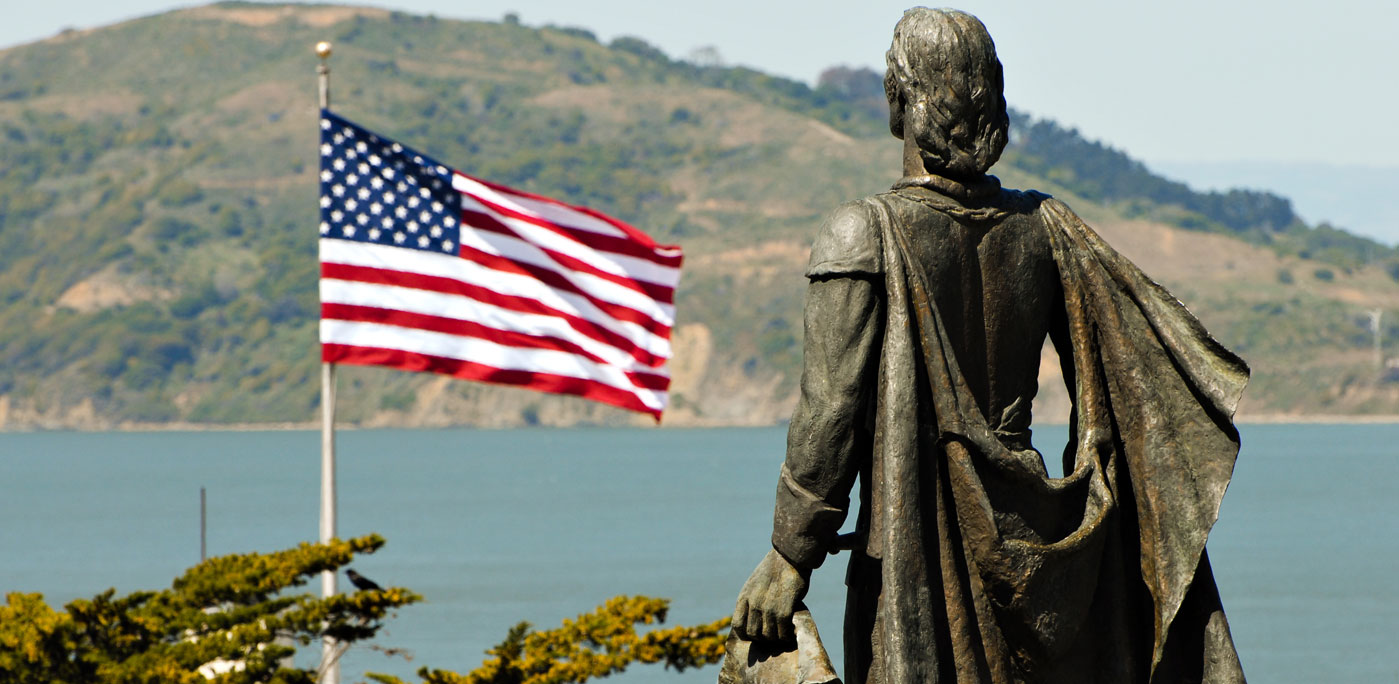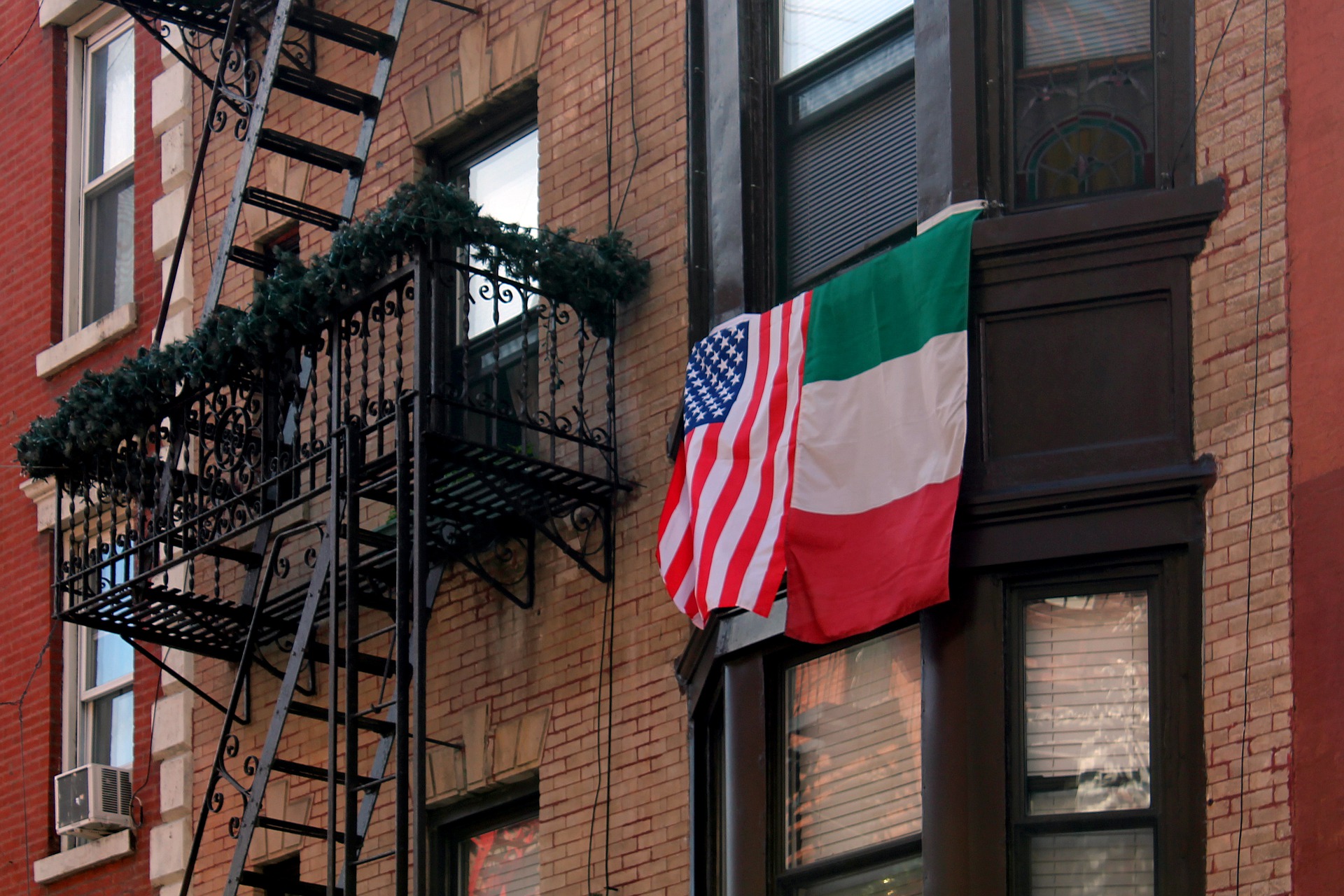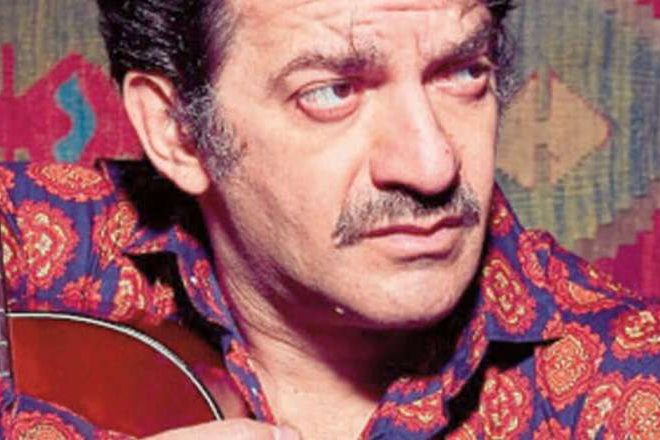Recently, at City Hall East, Press Conference Room, it was held a discussion among representatives from the Indigenous Community and the Italian-American one, in Los Angeles.
The first motion, filed by L.A. Council member Mitch O’Farrel (who represents the 13th District of the City) in November 2015, aims at establish Indigenous People’s Day as a legal City holyday.
As an implicit side effect, the city holyday of Columbus Day, held the second Monday in October, seems destined to be wiped out from the calendar and replaced by the newly instituted holyday.
Los Angeles would not be the first to replace Columbus Day with Indigenous people’s Day. Other US cities, the likes of Berkeley, in California, Minneapolis, Minnesota, Albuquerque, New Mexico, Seattle, Washington, Phoenix, Arizona (just to name a few), took the same measure.
Such a hot topic generated a heated debate, barely kept under control by Francisco Ortega, Adviser to the Human Relations Commission – Los Angeles.
Other two moderators of the meeting were: Gaspar Rivera-Salgado, Commissioner of the just mentioned HRC in L.A., as well as Professor and Project Director at UCLA Center for Labor Research and Education, and Professor Shannon Speed, Associate Professor of Anthropology and Director of Native American and Indigenous Studies (NAIS), at UCLA.
The first contribution to the discussion was the one by Ann Potenza, President of Federated Italo-Americans of Southern California (whom L’Italo-Americano had the pleasure to interview recently).
She talked about the three main motivations, why preserving the celebration of Christopher Columbus’ feast is a must.
First and foremost, Colum-bus’ voyage of discovery symbolizes the pursuit of one’s dream, even against great odds.
The symbolic and ideal power, emanating from his figure, is such, that the cinematic/ TV industry could not remain indifferent.
Not only there are, to date, myriad films and TV series inspired by Columbus’ endeavors, but also the namesake Italian-American filmmaker, Chris Columbus, has been dedicating his own production company, 1492 Pictures, to ignite sparks of imagination in the minds of zillion of viewers around the globe.
Secondly, his journey constitutes an essential threshold in the history of the American continent. That is the birth of European immigration towards the Americas. We don’t have to forget that the United States of America is a nation made by immigrants.
Native Americans have extensively been victims of marginalization and racism, throughout history. As rightly voiced by attorney James W. Michalski, President of Italian American Lawyers Association (IALA), Italian-Americans, wrongly assimilated tout court to Mafia mobsters, have experienced a similar discrimination and rejection within the US society.
Third point is that Columbus’ journey initiated a prolific exchange of goods, animals, technology between the American and Afro-Eurasian hemispheres, known as the “Columbian Exchange.”
This last point, in my opinion, is the weakest, because Indigenous people traded among themselves for millennia, and the concept of technological progress is debatable, because it is seen exclusively through the Western World’s lenses.
Moreover, unwillingly, the physical contact between Europeans and Indigenous people, caused the widespread of lots of unprecedented infectious diseases.
The second speaker, Maylei Blackwell – Associate Professor at the César E. Chávez Department of Chicana and Chicano Studies and Department of Gender Studies, UCLA – dealt with the second motion, again advanced by O’Farrel, consisting in mapping out Los Angeles’ sacred places, part of the Indigenous peoples’ heritage.
Maylei, of Cherokee ancestry, pointed out how the phenomenon of migrations among Indigenous tribes was present long time before Europeans came to the Americas.
The Tongva – a.k.a. the Gabrieleño and Fernandeño (names derived from the Spanish missions built near their territory) – were the first inhabitants of the Los Angeles Basin.
The maps that are being delineated – grouped under the name Indigenous L.A. – show how this area was divided among four distinct Indigenous tribes, the just mentioned Tongva, the Chumash, Tataviam and the Luiseño.
Matter of fact, it goes beyond that. The website, soon to be fully launched, is going to showcase the richness and complexity of the local history, including interviews with members of these tribes.
The most conservative estimates talk about 120,000 Indigenous people, including over 50,000 Pacific Islanders from Oceania.
In US schools, they teach kids about the system of Spanish missions, but they don’t mention that the Indigenous people built those. That creates a distort vision of history in the youngest generations.
This last point generated an echo of similar concerns about how to rethink the curriculum in terms of the mixture of cultures and ethnicities, which have been populating and stratifying the US territories.
What I found really unacceptable was the widespread ignorance, from both sides, about Christopher Columbus and the motivations that urged him to embark on a perilous journey across the Atlantic Ocean.
I can see how “saying that Columbus was a man of his time” and, therefore justifying his violent acts in the context of the larger colonialist interests, is not fair.
In 2006, it was discovered a 48-page report in the state archive in the Spanish city of Valladolid, containing testimonies from twenty-three people – both enemies and supporters of Columbus – about the cruel treatment of colonial subjects, including torture and mutilation as a way to put down native unrest and revolt, by the colonizer and his brothers during his seven-year rule.
At the same time, how could anyone call the explorer a perpetrator of “genocide.” That is very inappropriate and historically inaccurate. One thing is to talk about exploitation of the lands and enslavement of the people, that followed for centuries, after the first contacts between Europeans and Native Americans.
With all due respect and empathy for the Indigenous people, who endured plenty of suffering and, for centuries, have been almost entirely downplayed by American institutions and fellow country people, we cannot call Columbus’ actions a “genocide.”
Columbus never planned, nor executed, any programmatic extermination of an ethnic group, like Adolph Hitler did with Jews (about six million innocents) not only in Germany, but also in the other occupied territories, or the Ottoman government did with the Armenian minority (about 1.5 million innocents).
In Italy itself, allied to the Nazis, between 1938 and the end of WWII, the fascist regime put in execution the so-called “Italian Racial Laws,” which enforced racial discrimination in Italy, against the Italian Jews and the native inhabitants of the colonies.
The only programmatic plan by Columbus and the Spanish Crown, under which he served, was to Christianize Indigenous people. To notice how nobody in the room even mentioned that.
Indigenous People’s Day vs. Columbus Day?
It doesn’t have to be that way. This could be a chance to find a positive common ground of coexistence. That’s not just Ann’s wish, but the desire of our whole community.
Usually, I abstain myself from any political consideration. However, I can almost see a wider political value in the recognition of Columbus Day, as a celebration of inclusiveness and acceptance of the myriad of immigrants, who were and are forced to face hardships and prejudice, as they leave their home country towards the United States of America in search of better opportunities.






























